This article was medically reviewed by Luba Lee, FNP-BC, MS. Luba Lee, FNP-BC is a Board-Certified Family Nurse Practitioner (FNP) and educator in Tennessee with over a decade of clinical experience. Luba has certifications in Pediatric Advanced Life Support (PALS), Emergency Medicine, Advanced Cardiac Life Support (ACLS), Team Building, and Critical Care Nursing. She received her Master of Science in Nursing (MSN) from the University of Tennessee in 2006.
There are 10 references cited in this article, which can be found at the bottom of the page.
wikiHow marks an article as reader-approved once it receives enough positive feedback. This article received 12 testimonials and 100% of readers who voted found it helpful, earning it our reader-approved status.
This article has been viewed 384,339 times.
Research suggests that keeping the inside of your nose moist may help prevent a nosebleed, especially during winter when the air is dry.[1] While nosebleeds typically aren't serious, they can be annoying and possibly embarrassing. Experts say you should see your doctor if you have nose bleeds regularly to determine the underlying cause, but you can often treat them at home.[2]
Steps
Increasing Humidity
-
1Use a humidifier. You can use either a cool water humidifier or a vaporizer. When the air is very dry, any increase in humidity will help prevent a nosebleed. Moistening the air at night will also make it easier to breathe and sleep.[3]
- If you don’t have a commercial humidifier, you can make one by putting a pot of water on the radiator/heating in the winter. The water will slowly evaporate over time, increasing the humidity in the air.
-
2Try a stovetop steam treatment. Boil a pot of water, then put it on the kitchen table with a thick cork pot coaster or potholder underneath to protect the table from the heat. Lean over the pot, being careful not to burn yourself, and inhale the steam. You can also use a towel to make a tent over the pot and your nose. This will maximize the amount of steam you inhale.
- You can also get steam from a hot shower or bath, but the hot water can also be dehydrating, which is counterproductive. Run a hot shower and wash yourself quickly so that your skin doesn't dry out, but then step outside the stream of water or even outside the bath and inhale the steam.
Advertisement -
3Sip a hot cup of tea. Drink slowly and inhale the steam. This will both be soothing and relaxing for you, and it will help moisten your nasal passages.
- It will work with all types of tea, soups, and hot drinks. Choose something you enjoy to make it as pleasant as possible.
- Drinking tea, soups, and other liquids will also help you to stay hydrated.
- If you have access to a kitchen at work or school, you can use this method away from home.
-
4Avoid dehydration. Staying hydrated will also help your body to keep your skin supple and moist. It is easy to forget to drink enough water in winter when it is cold. But even a dry cold is dehydrating. The amount of water you need will vary based on your activity level and the climate you live in. If you have a heating system that produces a dry heat, you may need extra water in winter. Look out for these symptoms of dehydration:[4]
- Headaches
- Dry skin
- Feeling lightheaded
- Infrequent urination or urinating dark or cloudy urine
Soothing Dry Membranes
-
1Moisten your mucous membranes with nasal saline spray. The active ingredients are simple: just salt and water.[5] You can purchase it over the counter without a prescription. Then, if your nose feels dry, give it a quick spray. Put 1–2 drops of spray into each nostril every 2–4 hours so you don’t lose any moisture.
- If it is just salt and water, it is safe, won't irritate your mucous membranes, and shouldn't cause side effects. This is excellent in winter during flu season. You can bring a small bottle of saline spray with you to use at work and in the car. You can use it three times a day if you need to.[6]
- Some commercial saline sprays have preservatives in them which may irritate your membranes; however, the preservatives also prevent the growth of bacteria and other contaminants. Check the ingredients on the packaging. If it contains preservatives or ingredients other than salt and water, then be very careful not to use it more often than recommended by your doctor or the manufacturer's instructions.
- If you want to use preservative-free saline, find one that uses a no backflow method or has a more acid pH to decrease bacteria.
- You can make a homemade saline solution, but it can be difficult to get the proper balance of salt to water, which can lead to dry sinuses. But, if you have no other choice, you can try making your own saline. Add a teaspoon of salt to a quart of water. Then boil it for 20 minutes to sterilize it.[7]
-
2Apply a saline gel. While it may be tempting to use an antibiotic ointment like Neosporin, you should avoid overuse of antibiotics. Most colds and flu are caused by viruses, not bacteria, so the antibiotics will have no effect. Instead, spread a thin layer of a saline-based gel to the inside of your nose to keep it moist.[8]
- Use a clean cotton swab to apply the ointment. Lightly coat the Q-tip with ointment and then apply it to the inside of your nostrils. Do not use so much that it gives you the sensation of a stuffy nose.
-
3Soothe irritated membranes with aloe vera gel. This method is excellent when you have sensitive membranes after a cold. Aloe vera contains vitamins that will help heal and nourish your skin. Use a clean cotton swab to apply it. You can get aloe vera in two ways:
- Purchase an over the counter commercial mixture. This can also be applied at work or school.
- Cut open the leaf of an aloe plant you may have in your house. If you chose this method, cut the leaf open the long way and use the cotton swab to apply the gooey gel that you find in the leaf.
-
4Try moisturizing your nostrils with Nasya oil. Nasya oil is a type of moisturizer used to keep nasal passages moist and clean. Tilt your head back or lie down so you’re looking at the ceiling. Hold the oil dropper 1⁄2 inch (1.3 cm) over your nostrils and squeeze the bulb on the end. Put 2–5 drops of the oil into each nose and inhale deeply so the oil travels through your nasal passage.[9]
- You can buy Nasya oil online or from health and wellness stores.
- Tap the side of your nostrils with your fingers to help spread the oil easier.
-
5Do not apply Vaseline, mineral oil, or other fat-based products (like coconut oil) to the inside of your nose. If you inhale small amounts of it into your lungs it can cause pneumonia.[10]
- If you do use a fat-based product, do not do so before bed. Remain upright for several hours afterward. Do not smear it further in your nose than 1/4 of an inch.[11]
- Do not apply fat-based products to the nasal membranes of children. They are particularly vulnerable to pneumonia.
Caring for Your Nosebleed
-
1Take simple measures to stop the bleeding. Most nosebleeds aren’t dangerous and will stop within a few minutes. You can make it happen faster by:[12] [13]
- Putting pressure on the bleeding nostril. Squeeze the nostril shut and breathe through your mouth. The pressure will help the blood clot and stop bleeding. You may need to do this for 10 minutes or more. You can press a tissue into your nostril to help absorb the blood.
- Sitting up to keep your head above your heart. Don’t lie down or tip your head back because this will cause the blood to drip down the back of your throat. If you swallow too much blood, it may give you an upset stomach.
- Apply a cold pack to your nose to cause the blood vessels to constrict. If you don’t have an ice pack ready, you can use a package of frozen veggies and wrap them in a towel.
- You can also apply a cold pack to the neck at the same time to help constrict the vessels going to the head.
-
2Go to the emergency room if your nosebleed could be a symptom of something serious. This might be the case if:[14]
- You were recently injured or in an accident.
- You are losing a lot of blood.
- You can’t breathe.
- It doesn’t stop after 30 minutes of pressing on it.
- The person bleeding is under 2.
- You get nosebleeds multiple times a week.
-
3Get an exam. The most frequent causes of nosebleeds are dryness and nose picking. If neither of those applies to you, your doctor may look for an underlying medical reason. There are a wide variety of possible sources, such as:[15]
- Sinusitis
- Allergies
- Taking aspirin or blood thinners
- Medical conditions that prevent your blood from clotting
- Exposure to chemicals
- Cocaine
- A cold
- Deviated septum
- Overuse of nasal sprays
- An object lodged in your nose
- Rhinitis
- An injury
- Drinking alcohol
- Polyps or tumors in the nose
- Surgery
- Pregnancy
References
- ↑ https://my.clevelandclinic.org/health/diseases/13464-nosebleed-epistaxis/prevention
- ↑ https://www.nhsinform.scot/illnesses-and-conditions/ears-nose-and-throat/nosebleed#treating-nosebleeds
- ↑ https://www.healthdirect.gov.au/nosebleed
- ↑ https://www.nhs.uk/conditions/dehydration/
- ↑ https://www.medicinenet.com/why_is_the_inside_of_my_nose_so_dry/article.htm
- ↑ https://my.clevelandclinic.org/health/diseases_conditions/hic_Nosebleed_Epistaxis
- ↑ https://my.clevelandclinic.org/health/diseases_conditions/hic_Nosebleed_Epistaxis
- ↑ https://www.medicinenet.com/why_is_the_inside_of_my_nose_so_dry/article.htm
- ↑ https://www.ncbi.nlm.nih.gov/pmc/articles/PMC4235399/
- ↑ https://www.healthgrades.com/right-care/ear-nose-and-throat/is-petroleum-jelly-safe-for-a-dry-nose
- ↑ https://my.clevelandclinic.org/health/diseases_conditions/hic_Nosebleed_Epistaxis
- ↑ https://www.nhsinform.scot/illnesses-and-conditions/ears-nose-and-throat/nosebleed#treating-nosebleeds
- ↑ http://www.nhs.uk/Conditions/Nosebleed/Pages/Treatment.aspx
- ↑ https://www.healthdirect.gov.au/nosebleed
- ↑ https://www.healthdirect.gov.au/nosebleed#causes
About This Article
To keep your nose moist so you don't get nosebleeds, apply aloe vera gel to the insides of your nose with a cotton swab. You can also take a steamy shower or lean over a pot of boiling water and inhale the steam, which will help moisten your nose. To prevent your nose from drying out again, set up a humidifier in your room. Also, make sure you're drinking plenty of water throughout the day so you don't get dehydrated. For tips on stopping a nosebleed quickly, scroll down!

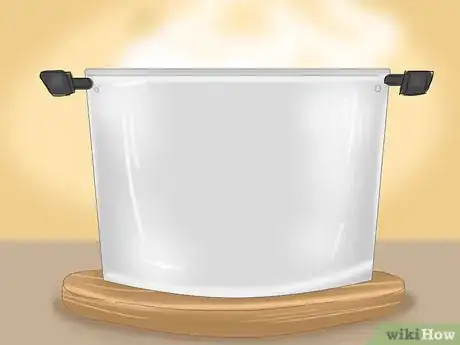
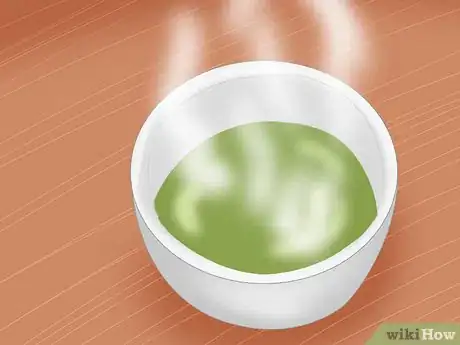


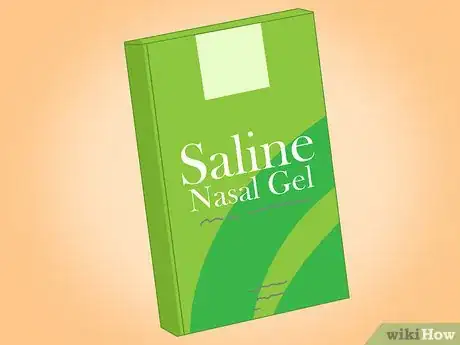
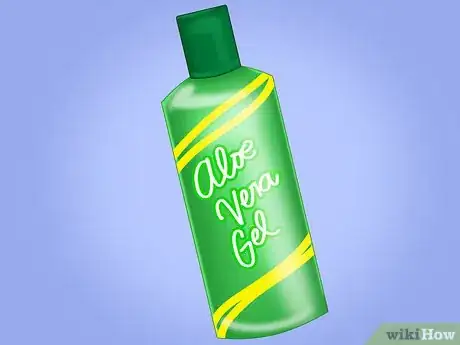
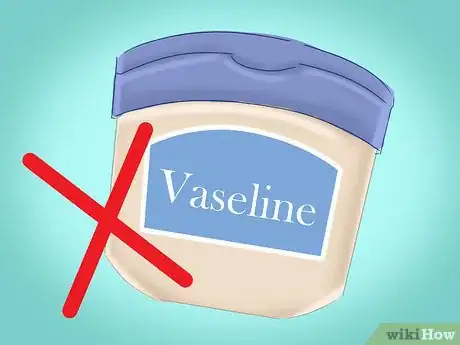
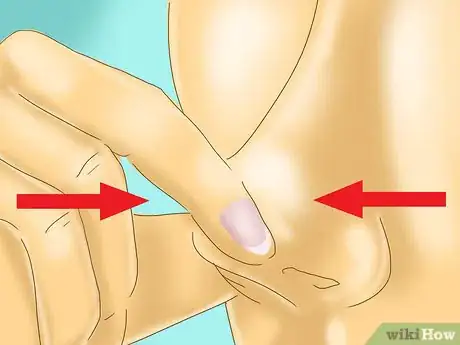

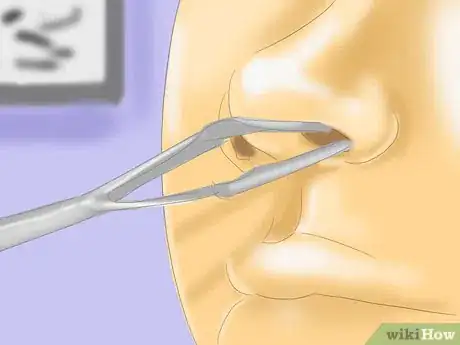


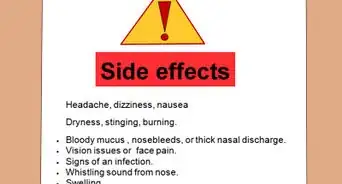
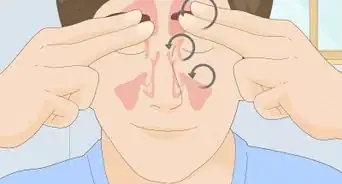



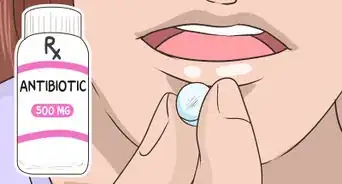
















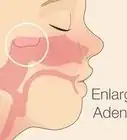

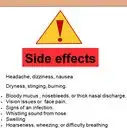
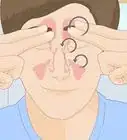



































Medical Disclaimer
The content of this article is not intended to be a substitute for professional medical advice, examination, diagnosis, or treatment. You should always contact your doctor or other qualified healthcare professional before starting, changing, or stopping any kind of health treatment.
Read More...